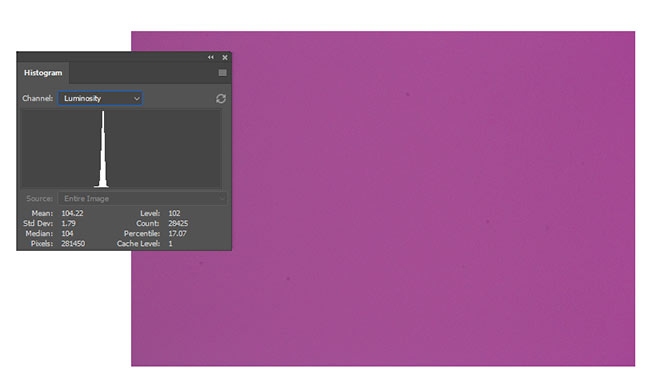Astrophotography Enlightenment: Unlocking the Secrets of Flat Frames
Taking sharp and vibrant astrophotographs requires careful attention to detail. One crucial aspect often overlooked is capturing flat frames, which play a vital role in eliminating distortions and artifacts from your images. This comprehensive guide will empower you with the knowledge and techniques necessary to capture pristine flat frames, enhancing the quality of your astrophotography.

Image: astrobackyard.com
Defining the Concept: What Are Flat Frames?
Flat frames are images taken with a uniform illumination source, typically during twilight or using an artificial light source. They record the response characteristics of your camera and optics, including pixel sensitivity variations, dust spots, and vignetting. By capturing flat frames, you essentially create a “fingerprint” of your camera system, which is then used to calibrate your astrophotographs.
The Importance of Flat Frames: Calibration and Correction
Flat frames serve as essential calibration tools for astrophotographers because:
- Remove Vignetting: They correct for uneven illumination across the camera’s field of view, resulting in a uniform brightness distribution.
- Mitigate Dust Spots: Flat frames reveal and calibrate for dust particles that can leave unsightly specks in your images.
- Correct for Pixel Sensitivity Variations: Each pixel on your camera may have varying sensitivity, leading to uneven brightness. Flat frames identify these differences and compensate, ensuring an accurate representation of your subject.
Capturing Perfect Flat Frames: A Step-by-Step Guide
To capture effective flat frames, follow these steps:
- Choose the Right Time: Twilight is an ideal time to capture flat frames due to the uniform sky illumination. Alternatively, you can use an artificial light source such as a white T-shirt stretched over the front of a flashlight.
- Ensure Uniform Illumination: Aim for even lighting across the entire image frame. Rotate the T-shirt or flashlight as needed to distribute the light evenly.
- Set Camera Settings: Exposure should be close to 50% of the brightest part of the frame, slightly under-exposing to avoid oversaturation. Set ISO to the lowest possible value and keep the shutter speed short. Focus should be locked at infinity.
- Cover Aperture Opening: Use a lens cap or dark cloth to cover the opening of your telescope or camera lens. This prevents rogue light from entering the system.
- Capture Multiple Frames: Take a series of flat frames, averaging around 30-50 exposures. This will create a more accurate calibration image by reducing noise and capturing any variations in illumination.

Image: www.cloudynights.com
The Latest Advancements in Flat Frame Technology
Flat Field Generators: These devices emit a controlled, uniform light source that eliminates the need for twilight shots or artificial light rigs.
Software Automation: Tools such as Astro Pixel Processor and DSS can automate the process of flat frame calibration, significantly streamlining your workflow.
Expert Tips and Advice
- Capture flat frames regularly: As your camera and optics may change over time, it’s recommended to capture new flats periodically to maintain accurate calibration.
- Use a large enough aperture: Wider apertures may require additional flats to capture all the field vignetting, darkness in the corners of your image.
- Check your flat frames: After capturing the flats, it’s essential to inspect them for imperfections or hot pixels. If necessary, capture additional shots to correct for any issues.
FAQ: Frequently Asked Questions
Q: Why are flat frames crucial for astrophotography?
A: Flat frames calibrate for imperfections in your camera and optics, ensuring accurate and distortion-free images.
Q: How often should I calibrate my astrophotography images using flat frames?
A: It’s recommended to calibrate your images every time you change your setup, including the equipment or shooting environment.
How To Take Flat Frames
Conclusion
Incorporating flat frames into your astrophotography workflow is paramount for achieving exceptional results. By understanding the principles behind flat frames and following the techniques described, you can effectively eliminate distortions, reduce noise, and enhance the quality of your star-studded images. Embracing flat frame calibration is a testament to your dedication to the art of astrophotography, enabling you to capture truly unforgettable cosmic wonders.
Is the topic of flat frames interesting to you? Share your thoughts and questions in the comments below!